Foundations of Philosophy (ages 9-11)with Sally Zeiner The Little Prince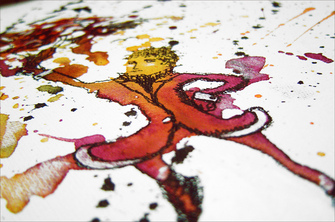 Our reading from The Little Prince led us into some new and interesting philosophical discussions. In class we read small excerpts and then used these as starting points for our discussions. As always, we work to establish our criteria and evidence, rather than just stating our opinions. Chapter IV First we considered the Turkish Astronomer who made his presentation "in Turkish costume, and so nobody would believe him." 1. How do we determine whether a person is qualified? What biases might get in the way? Then, with the help of Aristotle, we considered friendship. The pilot points out that, "When you tell them about a new friend, [grown-ups] never ask questions about what really matters. They never ask: 'What does his voice sound like?' 'What games does he like best?' 'Does he collect butterflies?' They ask: 'How old is he?' 'How many brothers does he have?' 'How much does he weigh?' 'How much money does his father make?'"
The pilot says grown-ups will believe the little prince existed if you say, "The planet he came from is Asteroid B-612." He says grown-ups won't believe he existed if you say, "The proof of the little prince's existence is that he was delightful, that he laughed, and that he wanted a sheep."
Chapter VIII The Little Prince says that he misunderstood the flower. “The fact is that I didn’t know how to understand anything. I ought to have judged by deeds and not words.” How do you know a person is your friend? For homework, students should read through Chapter XIX. They should also write a paragraph either about Aristotle's criteria for friendship (do they agree or disagree with Aristotle, and why?), or reality (Are plants and stones equally real? Are centaurs and square circles equally real?). Philosophy for Children (ages 12-14)with Rich Piscopo Secrets and Trust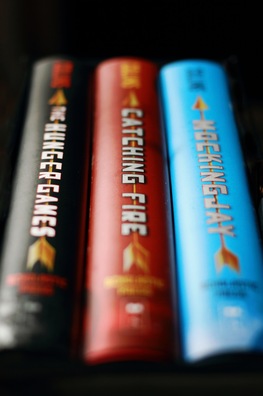 This week after briefly discussing the Hunger Games movie and its themes (truth has power, truth threatens oppression, tyranny uses fear to control, hope beats fear, women are very powerful and know how to use that power -- the Greek myth of Atalanta comes to mind, cooperation works better than competition, a charismatic figure who brings hope can be very threatening to an oppressor -- here, the Christ story comes to mind), a student brought up the issue of children's rights. She thought that children don't have as many rights as adults. (We discussed this and I referred her to "Harry Stottlemeier's Discovery," Professor Lipman's first Philosophy for Children novella, the novella with which we began our Mosaic P4C journey. In it, Professor Lipman devotes much time discussing children's rights.) A second student responded to her comment by poignantly observing that she felt too old for her own age group, but too young for an adult age group. The other students all related to this comment. I said that it must be challenging to navigate such an "in-between" time. They said it was indeed challenging. I assured them that this awkward time will pass, and, if they stay disciplined and diligent, and open and receptive to life, they will find their place in the overall scheme of things. We then moved on to the notion of secrets. In the novella "Lisa," we started Chapter 4. It begins with Millie sharing secrets with her pet Peruvian guinea pig, Pablo. One student began the discussion by saying we keep secrets because we are afraid of being judged. Another then said that the test for a good friend is if they can keep your secrets. We just applied the critical thinking skill of establishing criteria for the idea of friendship, which we spent quite a bit of time on earlier in the term! The dialogue continued: The students agreed that secrets are based upon trust, and trust is based upon reciprocity (a concept we discussed in Chapter 2.) Therefore, secrets are based upon reciprocity; i.e., you trust someone with your secrets only if they trust you with theirs first. So we astutely asked, "Who goes first?" To which we replied, "You can trust someone even without expecting trust in return. If you want the relationship, it's worth taking the risk." with Michelle Cameron Critiques Today we had several instances of poetry to review. All of it rhymed, which raised a number of potential issues:
There were also a couple of stories, both of which lead us into a discussion of the rules of the particular worlds. One was a fanfic (Dr. Who), which prompted a discussion of that particular genre - easy because characters and world rules are established, but can be restrictive because of that. Fan fiction can be good writing practice, though, just as student artists paint already existing works to work on their technique. with Leigh Ann Yoder The Study of Networks Today we began our study of Networks. Many networks link our society, and we rely on them every day. Examples of everyday networks are telephones, utilities (gas, electric, water), computers, airplane flight paths, and roads. Engineers spend a lot of time figuring out the most cost effective way to link objects in a network and computers play an important roll in solving these real world problems. A simple example is air travel. Airlines use airports as hubs, and there are many ways to travel from Destination A to Destination B, but travelers often want the most direct route. Airlines also want to use the most direct routes since fuel and workforce costs add up quickly. Next week we will talk more about how to take the safest route as well as avoid crashes! The students worked on "The Muddy City Problem". This activity helped them to discover direct and efficient routes by linking a network of houses. After working through the problem I defined some computer science specific terms: Graph, Node, Vertices, Edge, Network and Tree. Students should understand the difference between a statistical graph and a computer science graph. After mastering these terms we defined a Minimum Spanning Tree. Students then went on to create and solve their own Muddy City Problems. They were also asked to define rules for solving the Muddy City Problem. Finally, I explained two famous algorithms for solving Minimum Spanning Trees -- Prim’s Algorithm and Kruskal’s Algorithm. Of course this lesson would not be complete without the famous Traveling Salesman Problem. Ask your student about it and if it has been solved! with Sally Zeiner November 11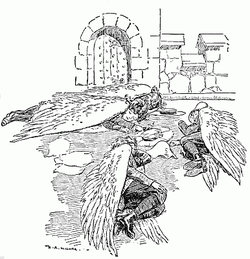 Wings Wings This week in philosophy class we revisited the issues of ethics and identity through the events of Wings and Bigger than the Baker's Boy. Question 1: Ethics Cyril says that “stealing is stealing even if you've got wings.” Jane argues that no one scolds the birds, and then they go on to eat “quite as many plums as were good for them.” However, when Jane sees the man, she says, “We had some of your plums; we thought it wasn’t stealing, but now I am not so sure.” Later in the day, they feel that it is right to take the necessities of life from the clergyman, until they find themselves locked on the roof. Then, they begin once again to think that their actions are wrong. Do you think they were wrong to eat the clergyman’s food? How do you know when something is wrong? What kind of knowing is this? Was Robert wrong when he lassoed the baker’s boy? What about when he put him on the roof of the cowshed? Was it wrong to go to the fair as a giant to make money? The class worked to develop a criteria for right and wrong that can be applied in many situations, rather than simply stating an opinion of the ethics of each individual case. One budding philosopher articulated that it is the knowledge and willingness of the participants in each event that determine whether something is right or wrong. Another student of philosophy developed the term prehenceive: a preexisting law, something that has been set in stone for as long as anyone can remember; it is almost a sixth sense, something that you know you can or can't do. Similar ideas can be found in the work of Plato. Question 2: Identity Was Robert still Robert when he was a giant? Why or why not? What is your criterion for identity? Has it changed? Homework: Write your criterion for identity and bring it next week. What makes you you? Is your identity independent of the world around you, or does it depend on the world around you? Next week we will review our criteria for identity before we discuss chapters 15 and 16 from The Wonderful Wizard of Oz. November 18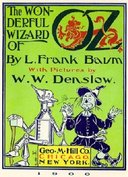 Before we discussed the The Wonderful Wizard of Oz in class this week, we tried a few experiments in perception, taken from Philosophy for Kids. We also discussed Kant's position that for us to know something there must be both an objective reality and a subjective experience of that reality. You might enjoy trying these at home: Reality Look at an object placed on the table. Describe the (a) size, (b) shape, and (c) color without looking at your neighbors answers. A. B. C. Now list them on the chalkboard. Are the answers all the same? Discuss. How you do know what you know? Do you know 2 + 2 = 4? How do you know? a. It feels right when I look at it. b. I learned arithmetic in the first grade. c. I realize it can be proven using universally accepted mathematical principles.  You are holding a ripe, red apple. How do you know that it is red? a. Because I can clearly see its redness. b. Because everyone calls this color “red.” c. Because I can see that it is red – and it is red. Next week we will begin discussing The Little Prince. Students should read through section VIII, and write down one or two different issues in the book that strike them as philosophical. We will discuss these in class. with Kim Rodgers The Professor Returns!
Making MummiesStudents thoroughly enjoyed diving right into the process of mummy making this week! We learned from our reading in SOW that Egyptians began creating mummies for the first time during the Old Kingdom. Ancient Egyptians believed that dead people needed their bodies preserved for life in the afterworld. Priests were in charge of the complicated embalming process that took more than two months to complete and involved the removal of internal organs and treatment of the body with salt, spices, and oil to prevent decay. Certain organs were preserved in canopic jars which were adorned with the heads of gods (the sons of Horus) in order to protect them.
Writing Ancient NumbersWe made papyrus again in our afternoon class, and we are refining our techniques! The children enjoy making it so much that we may have an entire scroll done by the end of the semester! The students also enjoyed learning about the Ancient Egyptian number system, and wrote page after page of numbers. The Ancient Egyptians did not use place value - but rather a simple system of adding symbols together. Here are their number symbols: Enjoy writing these together - it is a low pressure, playful way to explore mathematical concepts.
with Leigh Ann Yoder Parallel Processing and a Sorting NetworkWe began class with a brief discussion about our fairy tales, specifically the tailor and his insertion sort. The students are learning that there are many algorithms for solving the same problem, and it is quite easy to identify the most efficient algorithms. The question becomes, why would you ever want to use an inefficient algorithm if you know there is a better way? Using the tailor analogy, it is easy to see that one needs to consider the specific circumstances of a particular problem in order to choose the most efficient algorithm. Speaking of efficiency, our computers are NEVER fast enough! Computer scientists are constantly searching for new and improved ways of solving problems quicker. Although our Quicksort from last week seemed quite quick, when working with millions of numbers it could actually turn into a dreadfully slow process. This week was all about Parallel Processing. We started our lesson with a life size demonstration of a Sorting Network. In a sorting network the students could see that 12 comparisons could actually be done in the time of 5, if we used multiple processors to do the job. After everyone had a chance to walk through the human network, they were all given a challenge to design their own sorting network. I believe all of the students were successful at this! Parallel vs. Serial ProcessingNext, we compared Parallel Processing to Serial Processing. In parallel processing, several steps of an algorithm can be worked on at the same time, thus speeding up the overall time required to complete the task. Serial processing cannot be done in this manner. Each step of the algorithm must be completed before moving on to the next. The analogy used was digging a ditch. We could employ 12 people to dig a ditch that was 1 foot wide by 12 feet long. Twelve people would complete this task 12 times faster than one person working alone. However, if we wanted to dig a ditch 1 foot wide and 12 feet deep, we could not use this method. The second foot of depth cannot be dug until the first foot is completed.
We wrapped up class with a friendly competition. The students were divided into groups and given the task of adding 32 four-digit numbers. The goal was to divide the task to speed up the process. However, accuracy was important, so they were encouraged to develop a check system. The girls finished first, but the boys came closer to the actual answer. Next week we will continue learning about Networks, which were introduced this week. with Michelle Cameron CritiqueToday we talked about sound in writing. But first, we reviewed their current work. Among the topics we talked about today, based on the students’ work in progress:
Sound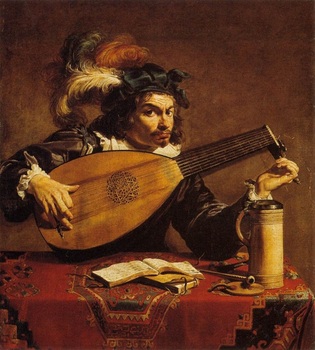 To start off, we talked about the bards of old and how they were able to memorize such long epic poems – that the use of rhyme and rhythm was instrumental for memory. Then we listened to the Cups song and discussed why a song like this one – which has become an obsession with some people – really relies on rhythm to appeal to people. We discussed nursery rhymes and how many of their rhythms come straight from our heartbeat. We also talked about alliteration, onomatopoeia, and repetition – and how all of these contribute to the sound of the work. We read two poems – “Jabberwocky” by Lewis Carroll, with its nonsense words which, because of rhyme and rhythm, somehow make sense, and “Click Beetle” by Mary Ann Hoberman, a child’s poem that contains all of the elements we talked about today. Finally, we did a quick exercise. I gave them an example rhyme: Yikes My bike’s Full of spikes And gave them about 10 minutes to come up with as many of these as they could. Some of the kids took off with this – others struggled a bit. But I think they were finally getting it before the 10 minutes was up. HomeworkFor next week, they can either write a rhyming poem (today’s exercise inspired some of them to ask to do this), or use should in a descriptive part of whatever they’re writing – either their current piece or a new one.
with Angela Harris Progress UpdateAll writers are now at the 30% or more completion mark on their word count goals. Great work -- now the big push to the end begins! After up-dating our word counts on our in-class progress chart, we played a quick game of "Simile or Metaphor?" to reinforce our discussion from last class. Teams took turns identifying whether a statement was a simile or metaphor and then for extra points, had to turn the correctly identified statement into the opposite form. Congratulations to the girls -- Team "NaNo" -- for stealing a question and squeaking by with the win. Experimenting with Sequence and Structure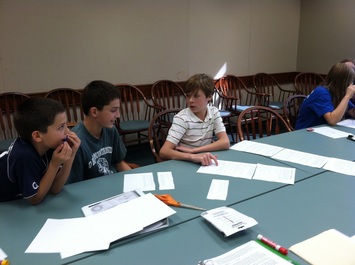 We then began a hands-on project to demonstrate that a piece of literature can be re-arranged into a different order, but still tell the same story. After briefly defining chronological order, we discussed techniques such as flashbacks, flash-forwards, and foreshadowing. One student is even using flashbacks in her novel! Using the same teams from the morning, students were challenged to divide the delightful short story, "Thank You, Ma'am" by Langston Hughes, into six different sections. They might use six equal sections or they might divide the story into a beginning, an ending, and four internal sections. The only rules were that the story could not be in the original (chronological) order and that they try to be as creative as possible while still maintaing the story's original meaning. They were allowed to make small edits and/or add orienting or transitional words or phrases. After the teams cut and pasted the story into a new order, we examined both versions for similarities and differences. I will be taking a look at them this week and will declare a "winner" next class! NaNo TVFor our last activity, students made a list of five things their protagonists might have in their closets! I loved hearing all the different items, as it gave great insight into what type of characters our writers are creating. After answering another five questions on a questionnaire sheet, we then started our NaNo TV interviews -- students were asked to take on the personae of their protagonists while I interviewed them. We did not have time to finish, so we will pick this up next time. If they would like, students can also fill out the interview questions for their supporting characters and antagonists. They may also bring a prop to wear or hold during the interview that personifies the characters they are portraying. Very Important Reminders!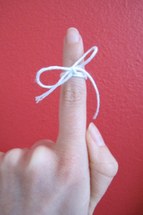 Here are a few critical things to remember as we cruise into month-end:
Any questions, please ask! Good luck and see you on December 2! Pyramid Architecture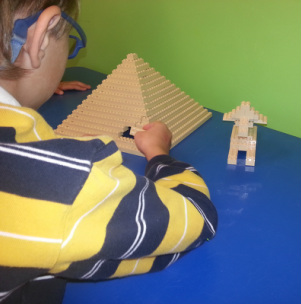 We have been continuing our exploration of Ancient Egypt the past two weeks with a look at pyramid geometry and construction. In class on 11/4, students drew and then built 3-D representations of pyramids using playdoh, paper, and legos. They learned through trial and error that to properly create their pyramid they would need a square base (not rectangular) and four equilateral (equal sided) triangles. We read about the Great Pyramid in Giza which was built for the pharaoh Cheops. See if your student can recall how many years it took workers to build the pyramid and how many three ton blocks of stone were used!
Designing a Sledge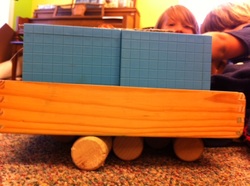 The ancient Egyptians used a simple machine called a sledge to move the heavy stones needed to build the pyramids. In our afternoon class on 11/4 we experimented with making sledges of our own. 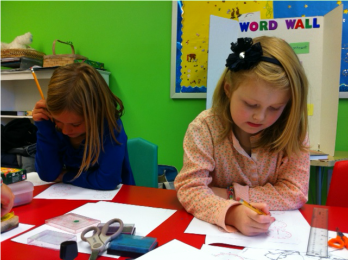 We turned our clocks this week so we took the opportunity to talk about time telling, both ancient and modern. We went outside and tried to tell time by looking at the sun. In the classroom we learned how to read an analog clock. Letters and Sounds and Words, Oh My!
I read two of Aesop's fables to the class and we discussed the moral from each story (The Crow and The Pitcher and Belling the Cat) . I then suggested that students create their own fables by developing characters, a setting, plot, and lesson. Several students decided to take on this challenge and have made great starts to their stories. Other students opted to play language games such as Silly Sentences (creating sentences using word/phrase puzzle pieces), Story Cubes, and Spot It. In the coming weeks, we will continue our work with writing and story creation, with the goal of all students completing their own original story by the end of the semester! Making Papyrus Paper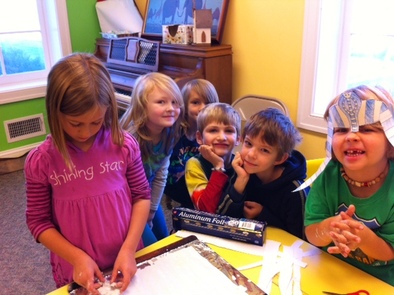 This week (11/11) we learned that the ancient Egyptians began making paper out of papyrus around the year 4000 BCE. How long ago was that? To find the answer to that question we learned about way the BCE dates count down to 0 before the Common Era years begin. Then we used the thousand cubes from the base ten set to find the answer. We made our own "papyrus" in class. Next week we will see how it turned out! |
Categories
All
Archives
May 2016
|

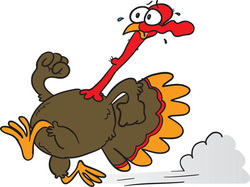
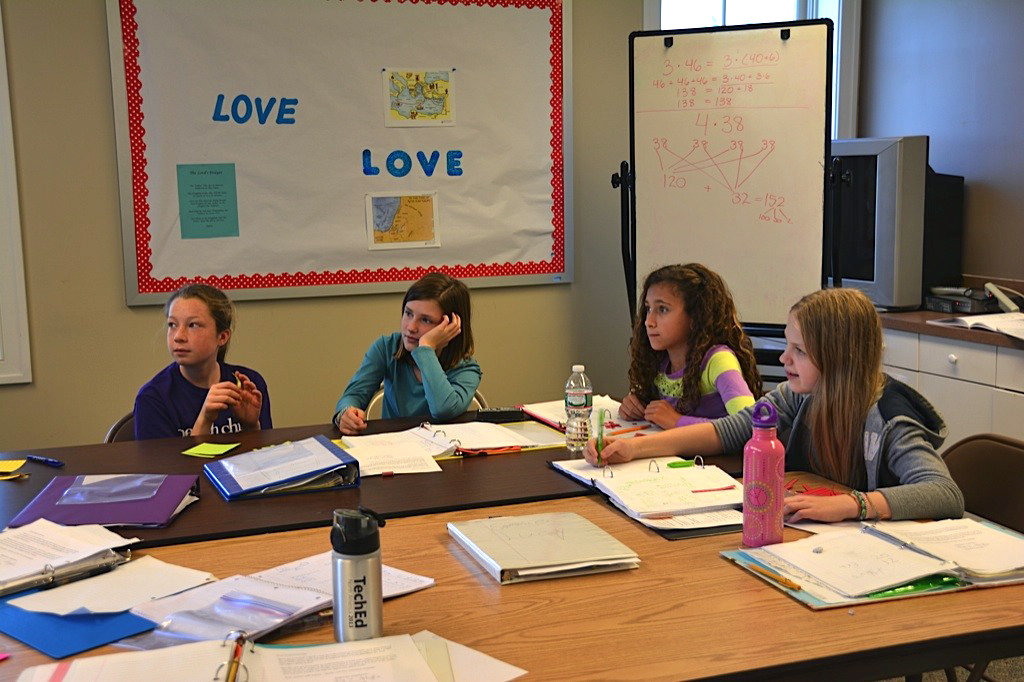
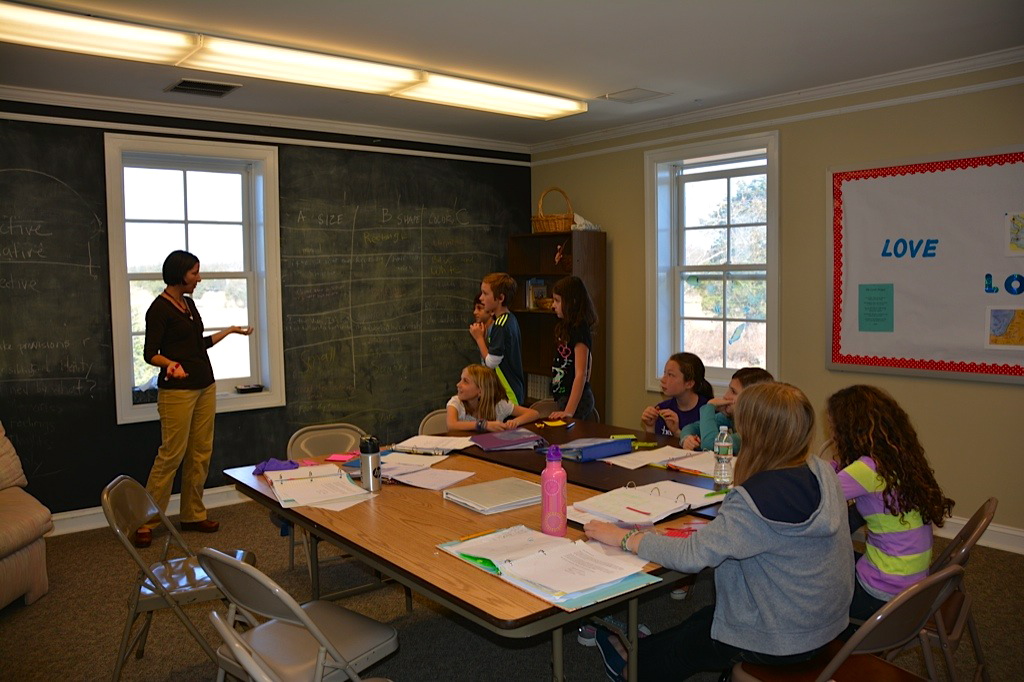
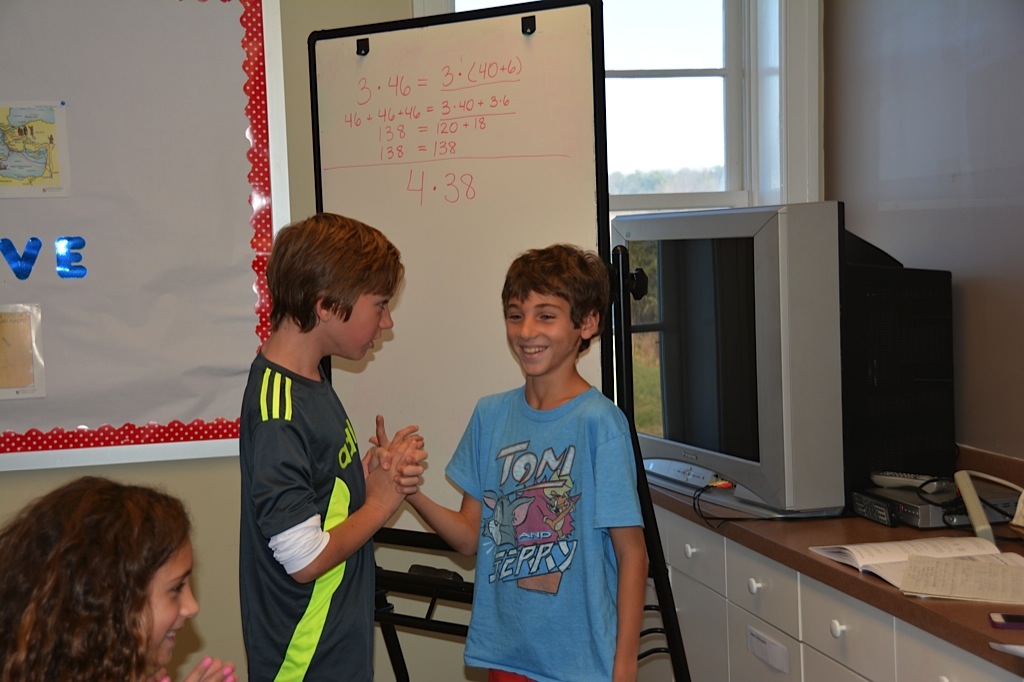
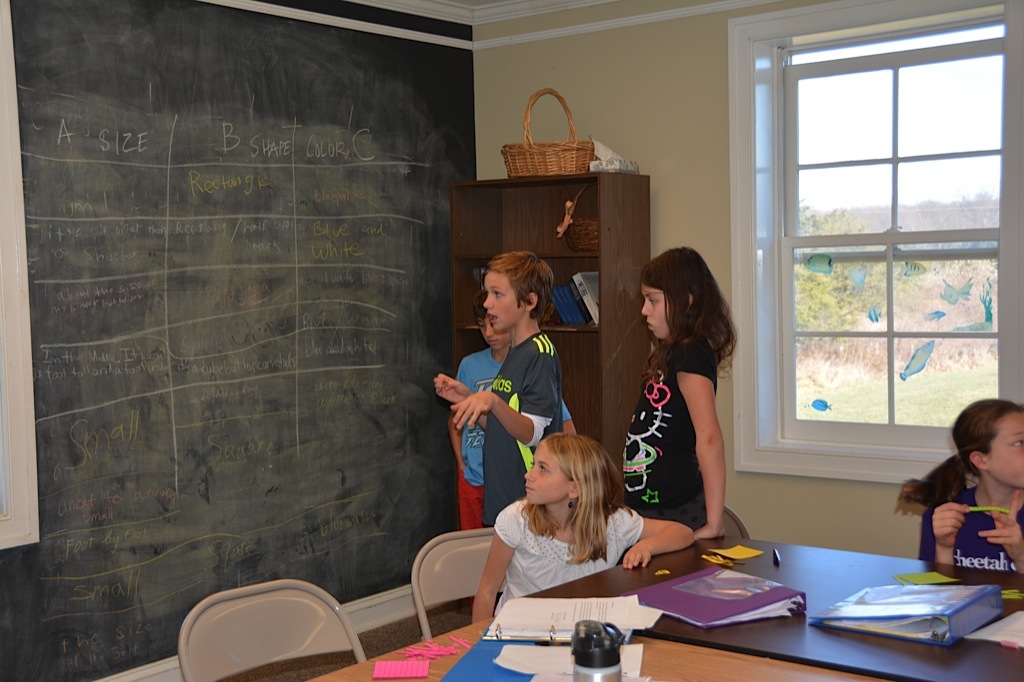
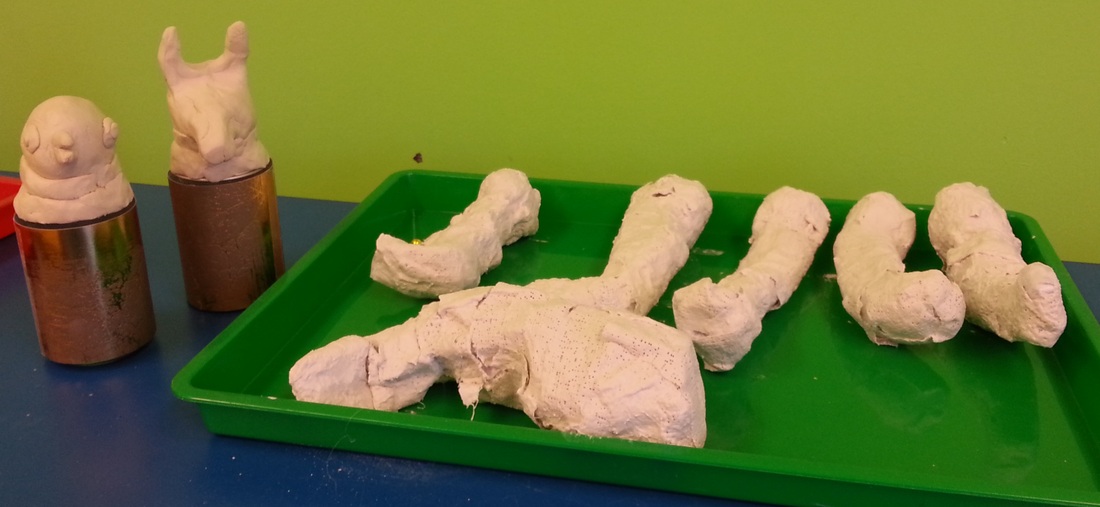
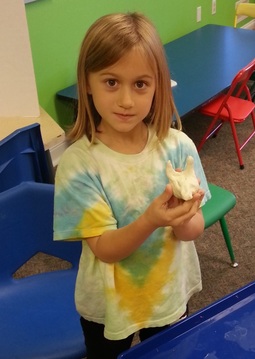
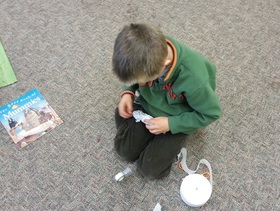
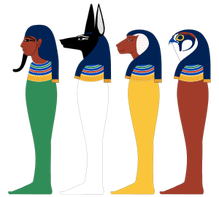
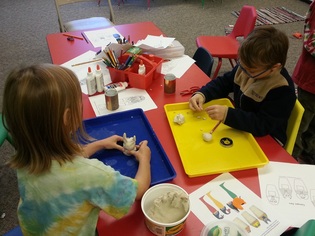
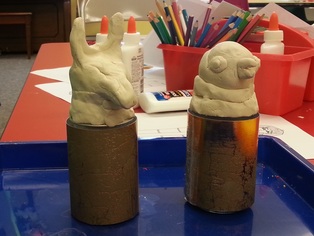
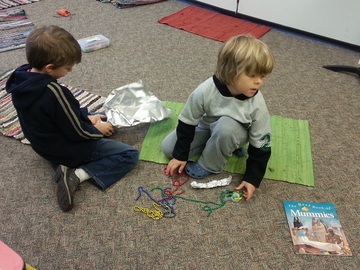
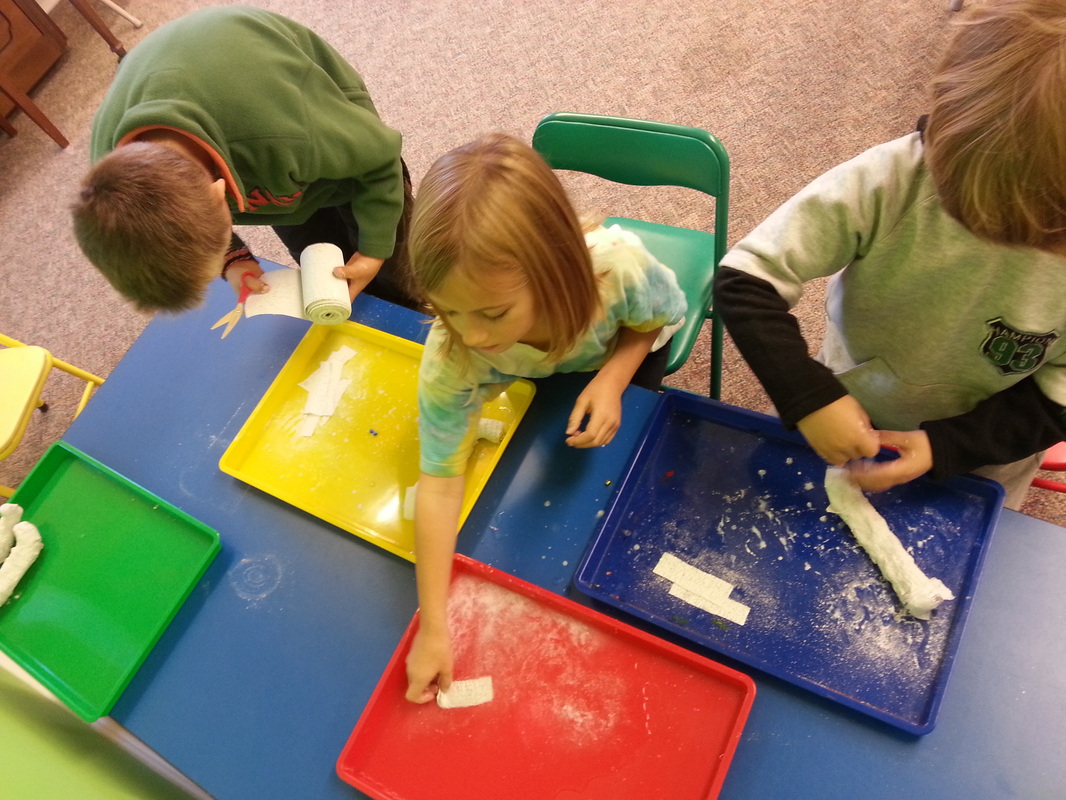

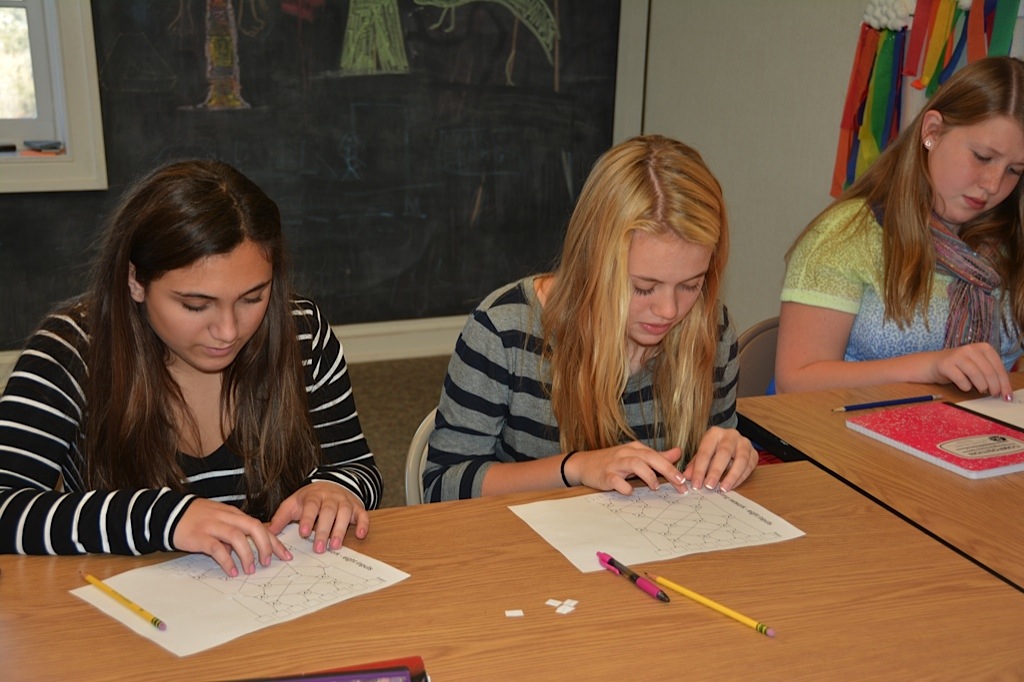
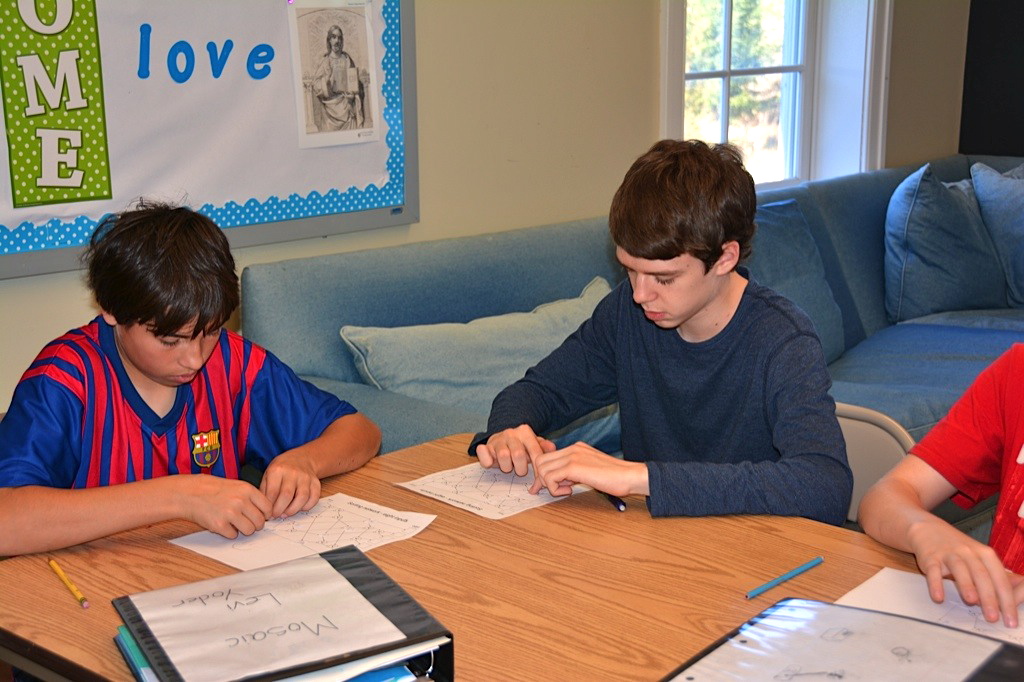
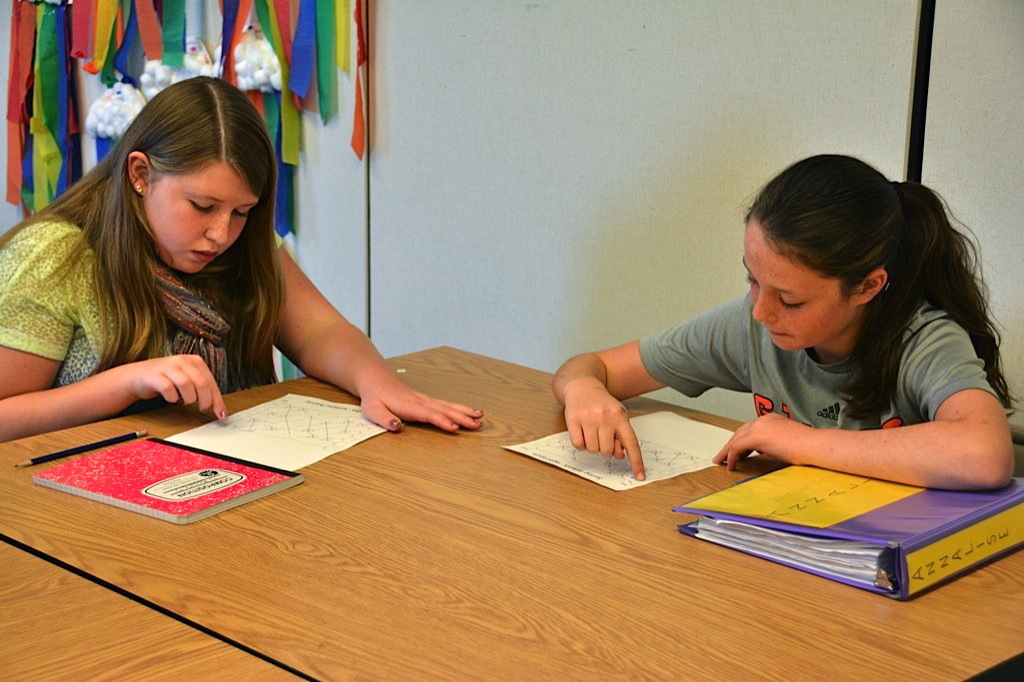
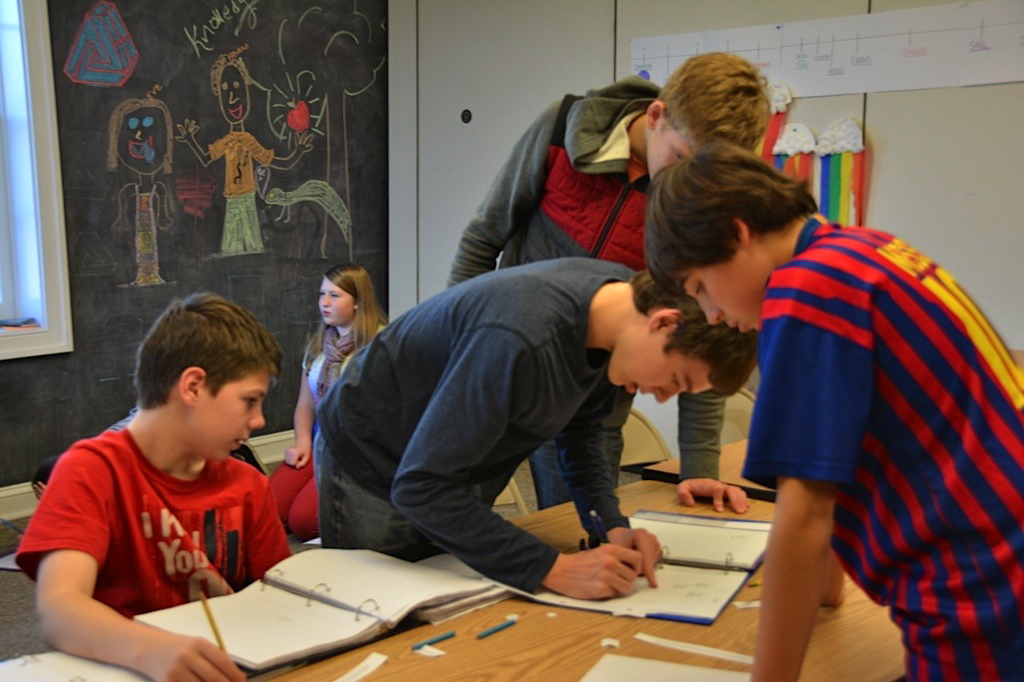
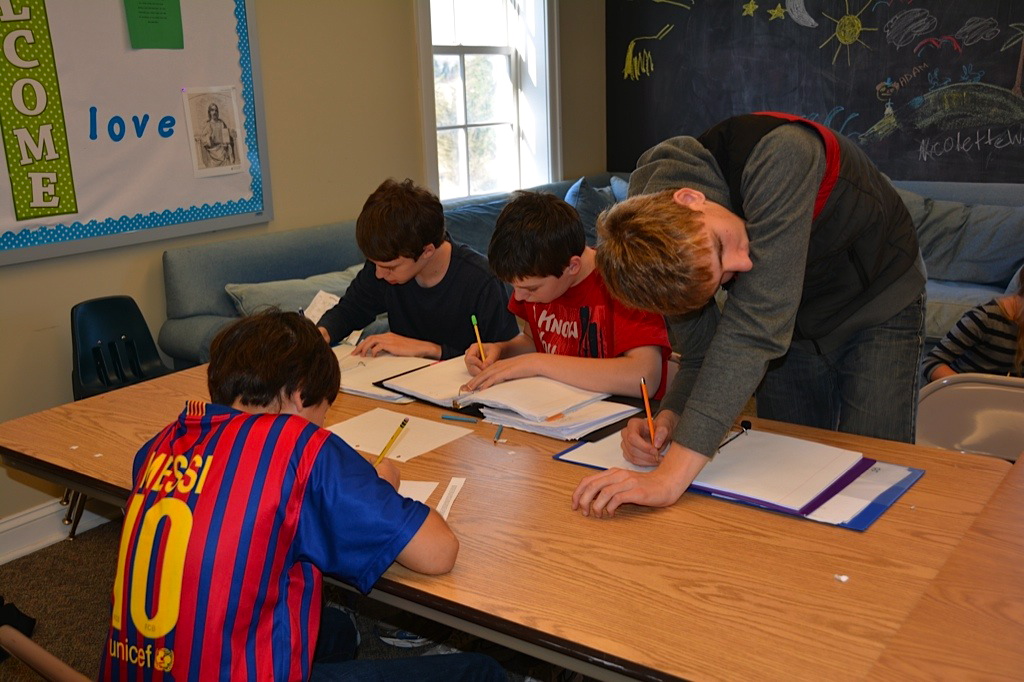
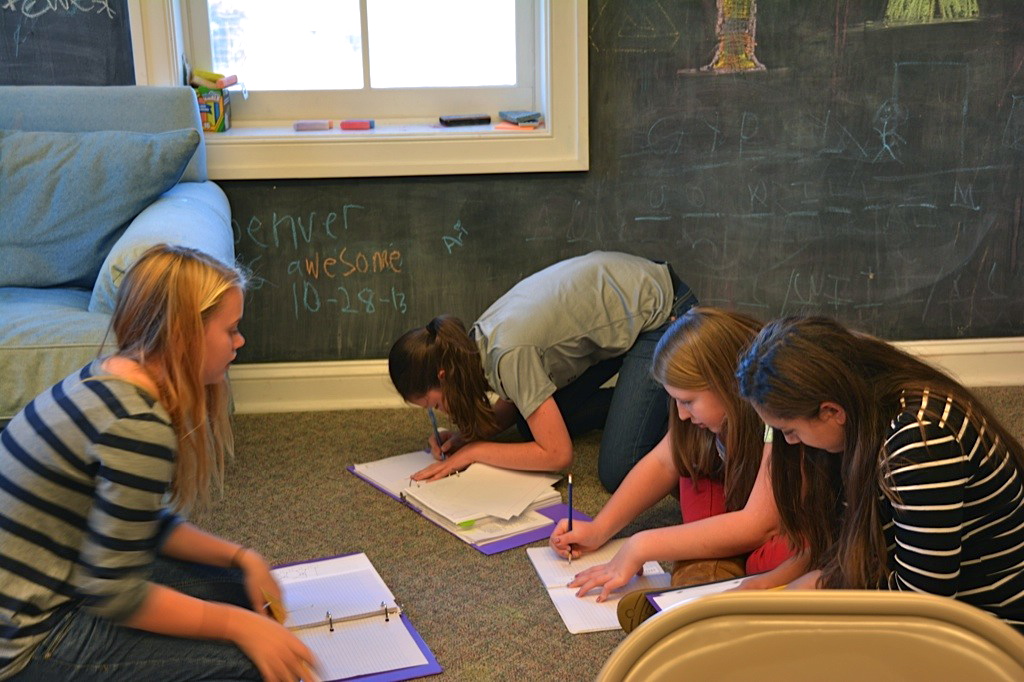
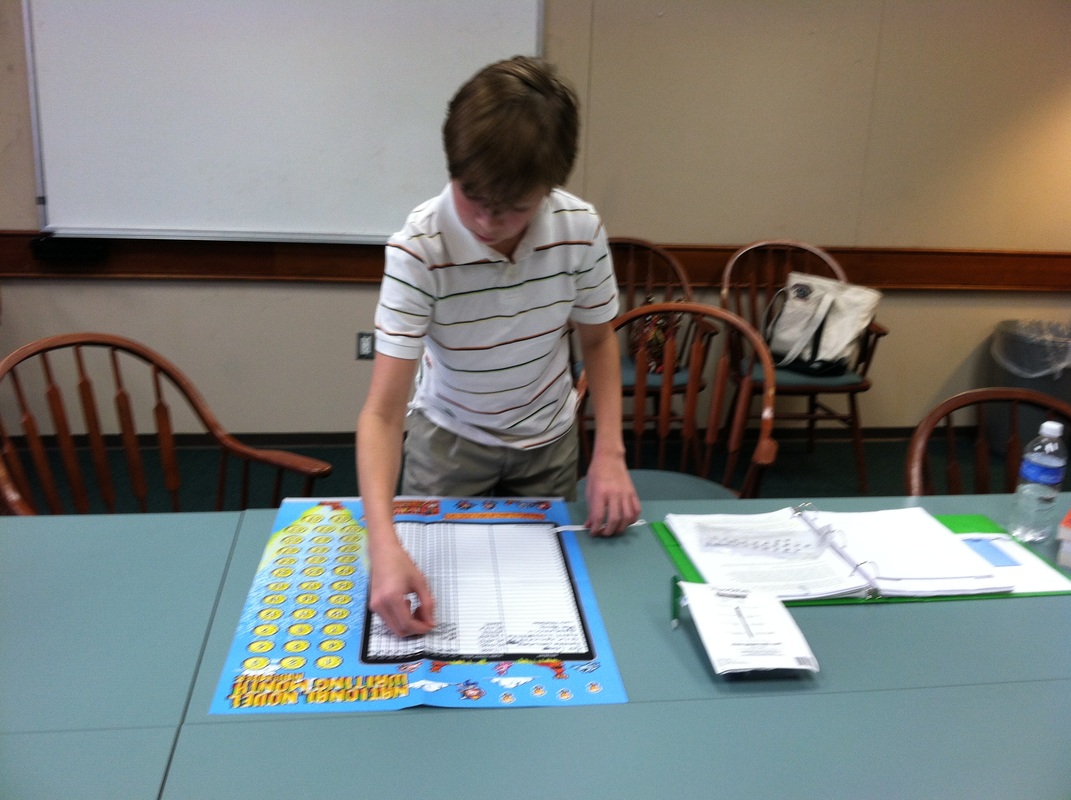
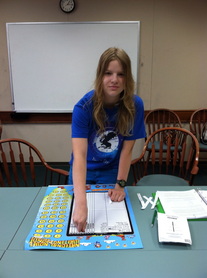
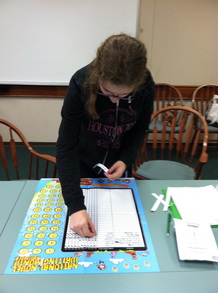
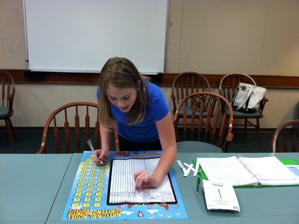
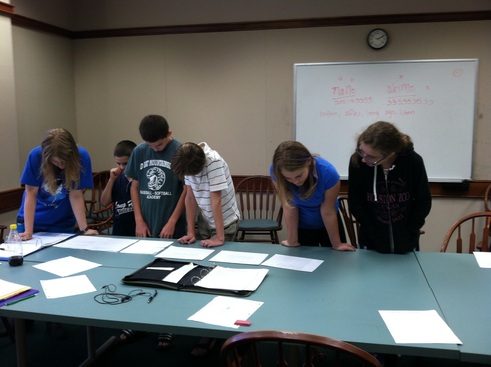
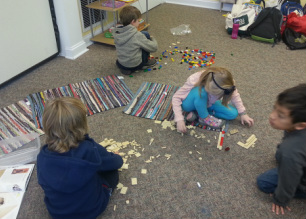
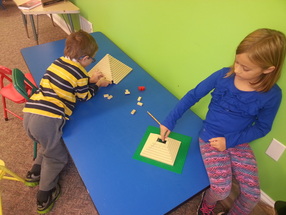
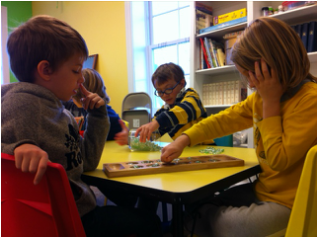
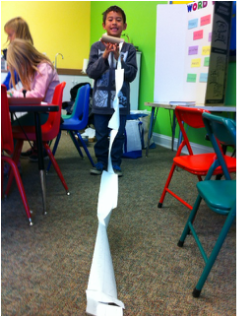
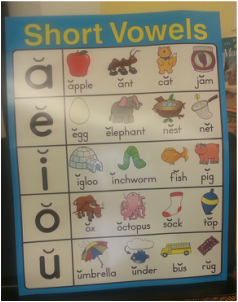
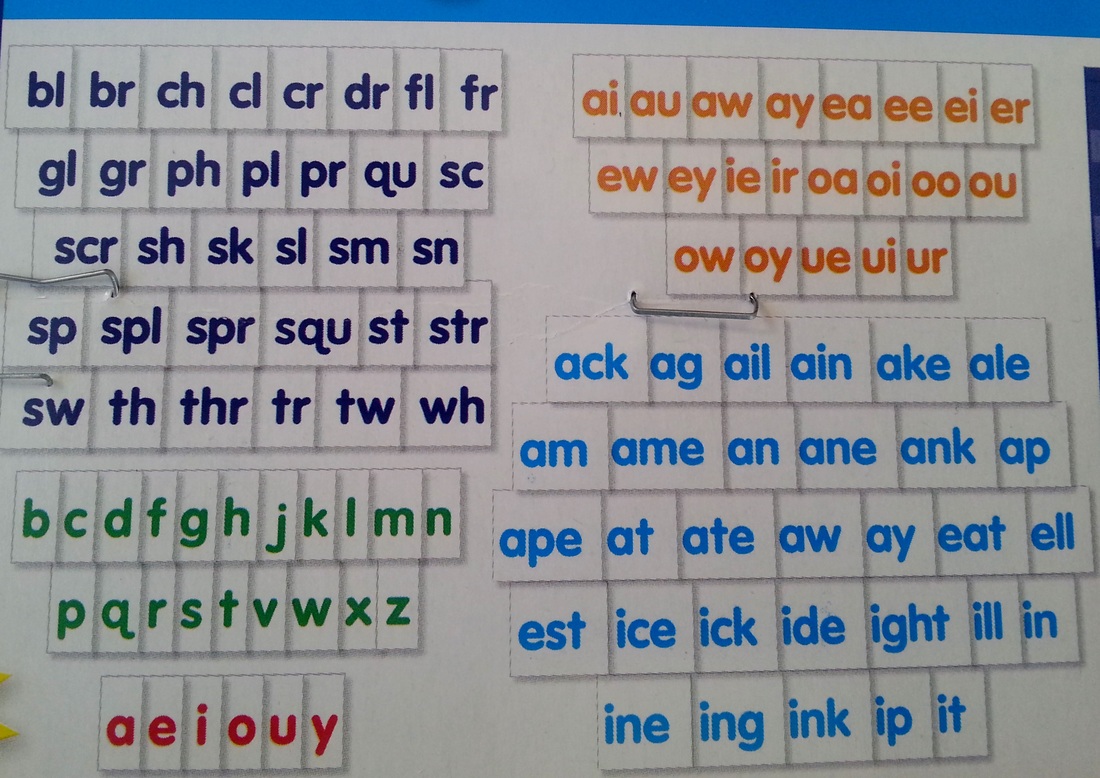
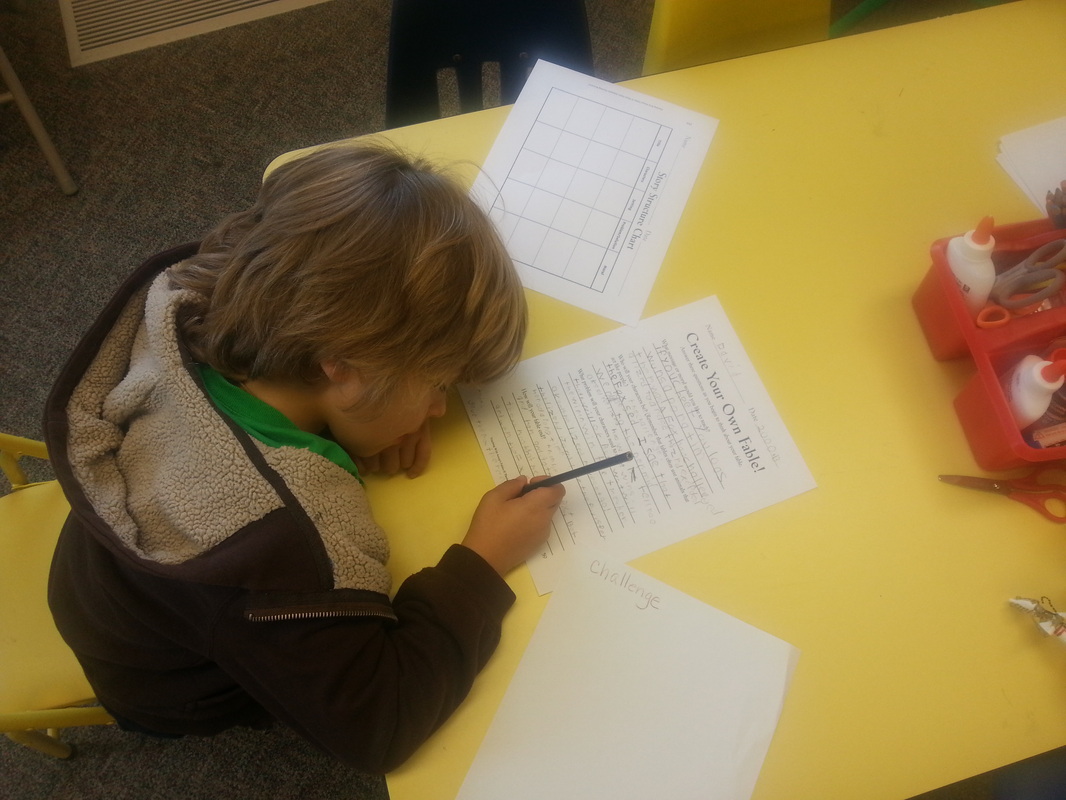
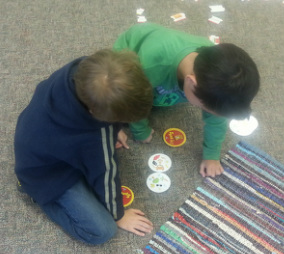
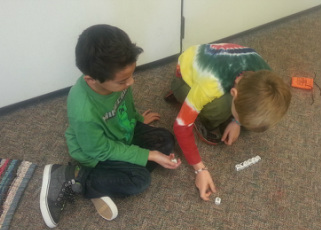
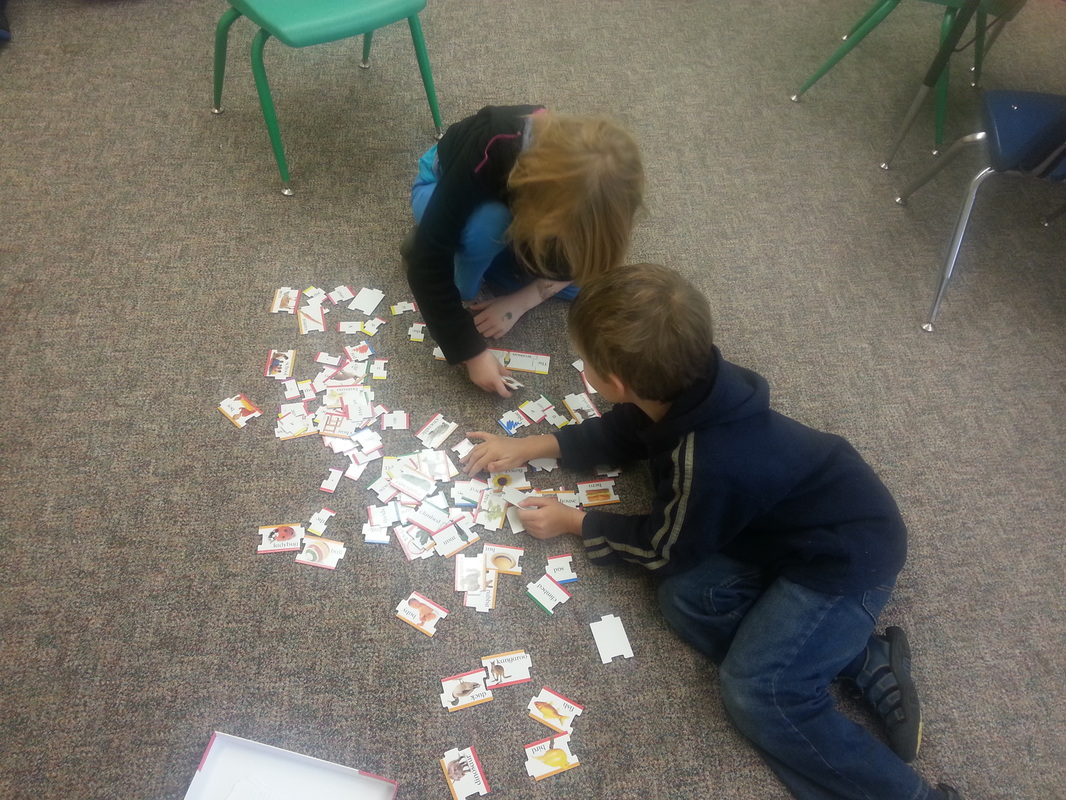
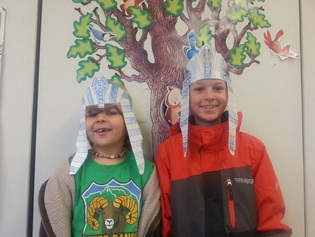
 RSS Feed
RSS Feed